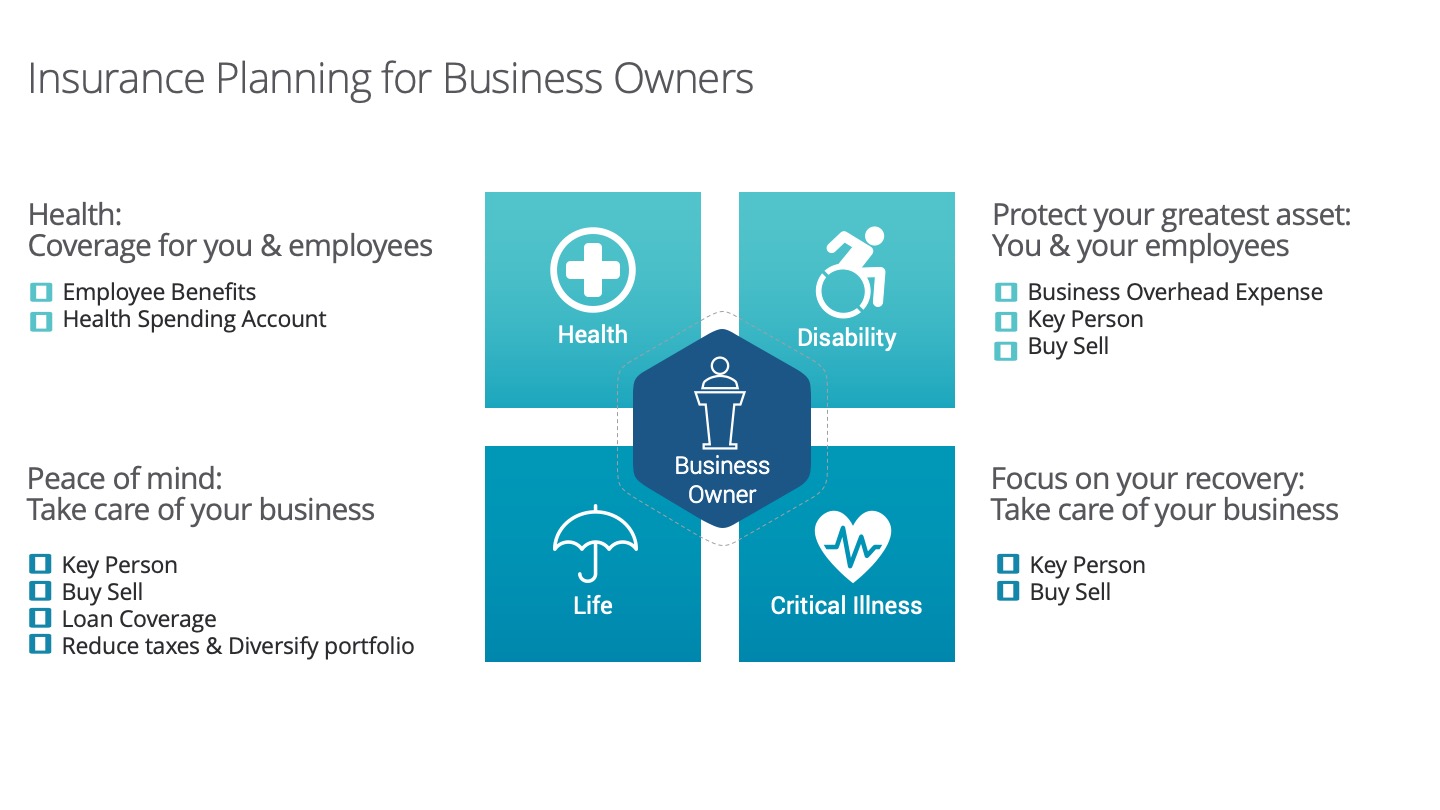Term Life Insurance – Two Valuable Options
For many Canadians, especially those with young families, term life insurance is most often the product of choice for protecting one’s family. The major reason for this is that it is the lowest entry-level cost to purchase life insurance.
While permanent, cash value life insurance presents tax-advantaged opportunities for growth, the paradox of this type of insurance is that it is cheapest when you can least afford it. For those wanting to make sure that their loved ones are adequately protected should they die, term life insurance is an easy decision.
The good news is that once the life insurance is in place, you have protection guaranteed for the lifetime of the policy contract. The bad news is that with renewable term life insurance, upon renewal, the premiums increase substantially.
How to keep your insurance premiums affordable
-
Reapply before the renewal date to obtain current rates for a person in good health
-
Convert at the earliest date possible to level cost or cash value insurance
The amount of the premium increase can be reduced if the insured re-applies for the coverage by providing new medical and other underwriting evidence. Sadly, the possibility of becoming fully or partially uninsurable before the renewal date exists. Should this occur and the coverage is still required, the insured might have no other option but to renew if it were not for two particularly important provisions contained in most term insurance policies. These two options go a long way in protecting your future insurability.
Two options to consider
-
Conversion option – At any time before age 70 or 75 (depending on company) the term insurance policy can be “converted” to a permanent plan without any medical evidence. This is a valuable option for an insured who now requires lifetime protection for estate planning needs, such as payment of taxes upon death. There is no medical exam required for this option, so your insurability is not considered. Generally, the term policy can be converted to any permanent plan offered by the company including Whole Life, Universal Life or Term to Age 100.
-
The Exchange Option – The “exchange” option allows you to switch to another term insurance policy with no evidence of insurability. This feature allows for the policyholder to start a term policy with the lowest entry level premium (10 year renewable term) and without any risk of losing his or her insurability exchange it for a 20 year or 30 year renewable term during the first five policy years. This option generally can only be used once but the exchanged policy would still have the full conversion option available for a future non-medical change to permanent coverage. While the conversion option is a feature included on almost all term life plans, the availability of the exchange option may not be available with all term insurance policies.
If you have recently purchased a term insurance policy and want to look at securing rates for a longer term, you may want to investigate exercising either your conversion or term exchange option.
If you are currently considering purchasing term insurance, you will want to make sure that the plan you are considering offers both conversion and term exchange features.
Reach out to me if you have any questions. As always, please feel free to share this information with anyone you think would find it of interest.
Copyright © 2020 FSB Content Marketing – All Rights Reserved





